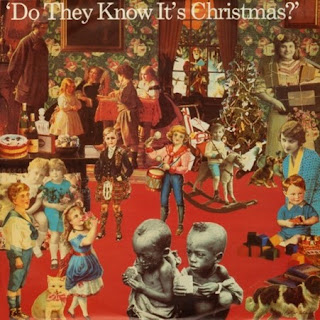So simple, so elegant, so iconic. It could be the logo for a large corporation or an international organization. Instead, it’s one of the best-known covers for one of the best-known albums of all time.
But what does it all mean? One critic sees the purpose as to generate mystery and intrigue. Given the band’s lack of commentary on it over the years, that critic may very well have been right.
The cover has an interesting provenance. Turns out it was another Hipgnosis work, and a very collaborative effort at that. First, Storm Thorgeson found a black-and-white image he liked in a physics text. He then showed that to partner Aubrey Powell.
Aubrey left, Storm right
The two brainstormed it a bit, then gave it to graphic artist George Hardie to render in all its techno-color glory.
The inside reflects the basic idea, though the inserts definitely do not.
Pink Floyd’s been here before (and here as well). This one – album and cover both – is really their magnum opus though. The album sold 45 million copies and was on the Billboard chart from 1973 to 1988. There also have been a surprising number of tribute albums.
And then there’s that whole weird Wizard of Oz thing. Just in case you’re not familiar, the album supposedly tracks perfectly with the film. I’ve actually tried it myself – it’s totally not true.
This one’s definitely a theme album, but what that theme is is actually a little problematic. References to Sid Barrett’s madness are there, of course. More largely, I’ve heard critics say it’s about modern life, and compare it to Radiohead’s OK Computer.
It was probably my fave as a teen, and is still pretty popular with me today. I probably listen to it at least once a year.
With something so popular, it’s not too surprising there have been tattoos:
And lots and lots of parodies:


















































